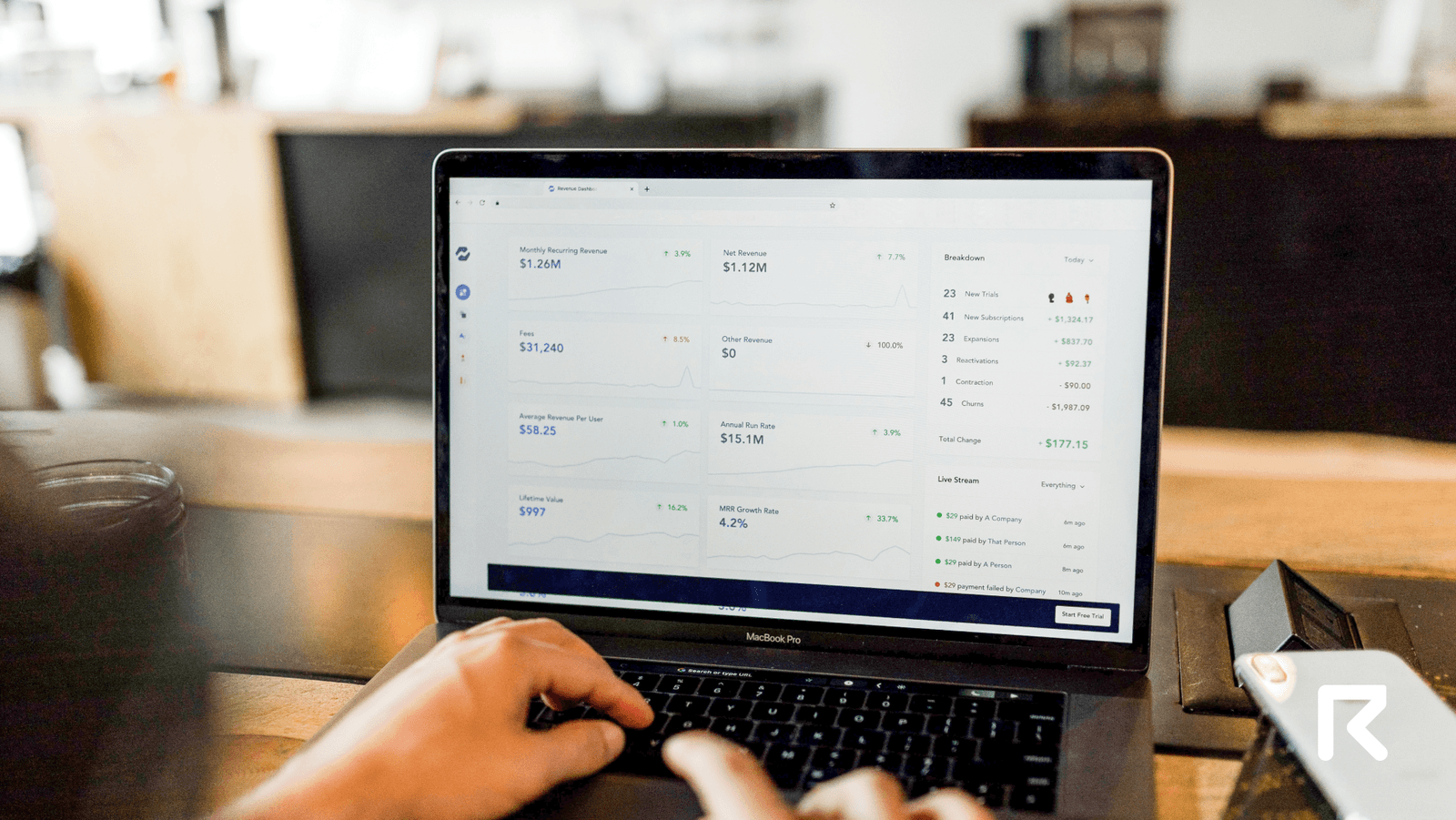Crypto payments & receivables: the finance leader’s handbook
Learn to streamline invoicing, reduce costs, and scale globally
Understanding crypto payments and web3 invoicing
In today's interconnected global economy, crypto payments are transforming how businesses handle transactions. Whether you're a CFO exploring new payment rails or an accountant looking to streamline reconciliation, digital assets offer a compelling alternative to traditional payment methods.
Defining crypto payments and crypto receivables
Crypto payments encompass all outgoing transactions made in cryptocurrencies and stablecoins, enabling businesses to send digital funds to suppliers, partners, or employees without intermediaries. Conversely, crypto receivables represent incoming claims - invoices and payments that your business receives from clients in digital assets.
Together, these two components form the emerging domain of crypto invoice or web3 invoicing - a decentralized billing ecosystem that revolutionizes traditional financial management.
At its core, accepting crypto & stablecoin invoices means your business can send/receive digital assets directly from customers, partners, or contractors, no intermediaries, no waiting for bank approvals. The process is refreshingly straightforward: your finance team creates an invoice with the essentials (amount, currency type, wallet address, and due date), your client sends the payment on-chain, and you match it back to your invoice (and vice versa). It's that simple, yet incredibly powerful.
For businesses handling recurring payments, the ecosystem has matured significantly. Payment links, QR codes, and API-driven invoicing aren't just buzzwords—they're practical tools that help you standardize collections at scale. According to Deloitte's 2024 Global Blockchain Survey, 73% of surveyed organizations believe digital assets will be critical for their industry within the next five years.
Master crypto and stablecoin payments with ease
We covered all the topics for you.
Crypto payments and receivables
Cross-border and crypto-to-fiat
Stablecoin payments & strategy
Sick of wallet chaos & compliance stress?
There’s a better way.
Fast, Compliant, Scalable.
Your Finance Ops HQ, ready when you are.
Why finance teams are embracing crypto billing
The advantages of crypto payments go beyond just being cutting-edge. Public-key cryptography provides bank-grade security without the bank. Settlement happens in minutes or hours, not days. Your business becomes truly global—accepting payments from anywhere, anytime. A report from Ripple and the Faster Payments Council found that 97% of payment leaders believe blockchain will have a significant positive impact on the speed of payments within three years.
Finance teams are increasingly adopting both crypto payments and crypto receivables for several strategic reasons:
- Operational efficiency: Automating both payables and receivables through smart contracts eliminates manual reconciliation
- Cost reduction: Lower transaction fees compared to traditional banking, especially for international transfers
- 24/7 availability: Web3 invoicing operates around the clock, enabling instant settlements globally
- Enhanced cash flow: Real-time payment processing improves working capital management
- Programmable money: Automated workflows for both incoming and outgoing payments
Perhaps most exciting for finance professionals is the programmability aspect of crypto payments. Imagine automating your entire approval workflow or paying hundreds of vendors with a single batch transaction. These aren't future possibilities; they're available today, revolutionizing how businesses handle mass payouts and complex payment structures.
Managing operational considerations in web3 invoicing
Of course, we need to address the elephant in the room: gas fees. They fluctuate based on network congestion and time of day, which can impact your bottom line if not managed properly. Smart finance teams are tackling this by diversifying across networks: Ethereum for security, Polygon for low costs, Arbitrum for speed. ConsenSys research indicates that Layer 2 solutions can reduce transaction costs by up to 99% compared to mainnet Ethereum.
Operational controls deserve special attention in web3 invoicing. Multi-signature wallets aren't just for the crypto-native, they're essential for any serious business operation handling crypto payments and crypto receivables. Think of them as your digital equivalent of requiring two signatures on a company check. Add role-based permissions, clear segregation of duties, comprehensive audit trails, and documented policies for everything from rate sources to custody arrangements, and you've built a framework that would make any auditor smile. PwC's 2024 Crypto Regulation Report emphasizes that proper controls are no longer optional but required for institutional adoption.
The future of crypto payments and web3 invoicing is here, and forward-thinking finance teams are already leveraging these tools to create more efficient, transparent, and globally accessible financial operations.
Revolutionizing cross-border payments with blockchain
Remember the last time you sent an international wire transfer? The fees averaging 6-7% according to the World Bank, the 3-5 day waiting period, the uncertainty about when (or if) it would arrive? Cross-border crypto transactions eliminate these pain points by removing the complex web of correspondent banking relationships. What used to take days now happens in near real-time, with complete transparency on fees and 24/7 availability because blockchain doesn't take weekends off.
This transformation is particularly powerful for specific use cases. Global payroll becomes manageable when you can pay contractors in 50 countries simultaneously. Partner revenue shares settle instantly instead of quarterly. Marketplace disbursements reach sellers the same day, not next week. McKinsey's 2023 Global Payments Report highlights that blockchain-based cross-border payments could save businesses $120 billion annually by 2030.
For under-served payment corridors, think remittances to emerging markets or payments between countries with limited banking relationships, crypto payments often reduce costs by 40-80% compared to traditional methods.
To make this work operationally, successful finance teams follow a clear playbook. They define their supported assets and networks upfront (USDC on Ethereum, USDT on Tron, etc.), establish payment thresholds with corresponding approval tiers, and maintain whitelisted addresses for regular recipients. Batch payouts become your best friend. Imagine paying 500 international contractors in under 10 minutes with perfect accuracy.
Bridging worlds: the power of crypto-to-fiat invoicing
Here's a reality check: not everyone is ready to receive crypto. Your landlord probably wants dollars, your employees need local currency for their mortgages, and the tax authorities definitely don't accpt payment in crypto (yet). This is where crypto-to-fiat payments shine, creating a bridge between the efficiency of digital assets and the practicality of traditional currency.
The beauty of this approach lies in its flexibility. Your treasury can hold crypto for strategic reasons, perhaps you're earning yield through DeFi protocols as noted in Moody's 2024 DeFi Report, while still meeting all your fiat obligations seamlessly. When payment time comes, you convert exactly what you need, capturing the exchange rate at execution and maintaining detailed records for accounting. This hybrid approach is gaining serious traction. Chainalysis reports that crypto-to-fiat payment volume grew by 350% year-over-year in 2023, driven primarily by B2B transactions.
For your accounting team, proper crypto-to-fiat workflows are a game-changer. Every transaction captures the exchange rate at execution, fees are clearly documented, and each leg of the transaction maps perfectly to your chart of accounts. This transparency makes tax treatment straightforward and financial reporting accurate across all entities and currencies.
Web3 CFO's hack about crypto crypto payments
Get up to date with the most read publications of the month.
Stablecoins: your gateway to predictable web3 payments
Let's talk about the workhorses of web3 payments: stablecoins. These digital tokens maintain a steady value by tracking reference assets like the US dollar or Euro, solving crypto's notorious volatility problem. The Atlantic Council's research shows that stablecoin transaction volume exceeded $7 trillion in 2023, surpassing Visa's payment volume.
While there are different flavors, fiat-backed (like USDC), crypto-collateralized (like DAI), and algorithmic (proceed with extreme caution after Terra's collapse), fiat-backed stablecoins dominate the payments landscape for good reason. They offer the stability businesses need with the efficiency of blockchain technology.
Think of stablecoins as digital dollars that move at internet speed. They're particularly powerful for specific use cases. Cross-border B2B transactions settle in minutes instead of days. Subscription businesses can automate recurring billing without worrying about price swings. Large invoices between partners clear instantly with full transparency.
For CFOs and finance teams, stablecoins simplify everything. Price your services in stablecoins, receive payment on-chain, and eliminate most foreign exchange headaches. The real utility extends beyond just stability, you get faster month-end closing, programmable payment terms (imagine invoices that automatically apply late fees), and completely transparent, verifiable records that make audits smoother.
But let's be clear about risk management. Not all stablecoins are created equal. You need to assess issuer transparency (are reserves actually there?), reserve quality (T-bills or "trust us"?), jurisdictional exposure (regulatory clarity matters), and wallet security (hardware wallets for treasury, always). The Financial Stability Board's recommendations emphasize the importance of regular audits and transparent reserve reporting.
Establish clear policies: which stablecoins payments you'll accept, when you'll convert to fiat, and how often you'll review proof-of-reserves reports. Monthly reviews aren't paranoid; they're prudent. The major players, USDC with its monthly attestations from Grant Thornton, USDT with the deepest liquidity but ongoing reserve questions, and BUSD with strong regulatory compliance, each have their strengths and trade-offs.
Building your crypto payments infrastructure
Implementing crypto & stablecoin payments isn't just about choosing the right blockchain or stablecoin, it's about building a comprehensive system that integrates with your existing financial operations.
Start with the basics: robust invoicing that captures all necessary metadata (payer information, wallet addresses, transaction hashes), support for multiple networks to give clients options, automatic foreign exchange capture at payment time, and clean exports to your ERP system.
The most successful implementations we've seen follow a phased approach. Start with a pilot program for willing customers or specific use cases. Use this phase to refine your processes, train your team, and identify edge cases. Once you're comfortable, expand gradually—add more currencies, increase transaction limits, or roll out to additional business units. Boston Consulting Group's study found that phased implementations had a 78% success rate compared to 34% for "big bang" approaches.
Remember that this is as much about people as it is about technology. Your accounting team needs training on blockchain explorers and wallet management. Your treasury team needs to understand gas optimization and liquidity management. Your compliance team needs to grasp on-chain analytics and transaction monitoring.
Ready to transform your payment operations? Start with a clear strategy, implement proper controls, and remember, every major financial innovation started with forward-thinking teams willing to embrace change. Your journey into cryptocurrency payments begins with understanding, continues with careful implementation, and culminates in a more efficient, transparent, and global financial operation.
The Web3 Finance Hub
A place to learn how to optimize and scale your finance operations.
Crypto accounting
Crypto compliance & Regulations
Crypto payments & receivables
Crypto spend management
Crypto taxes
Crypto treasury management
Get our ultimate Web3 CFO guide
2025 Edition
A practical resource drawn from the experiences and insights of over 300 finance and operation leaders at innovative companies







